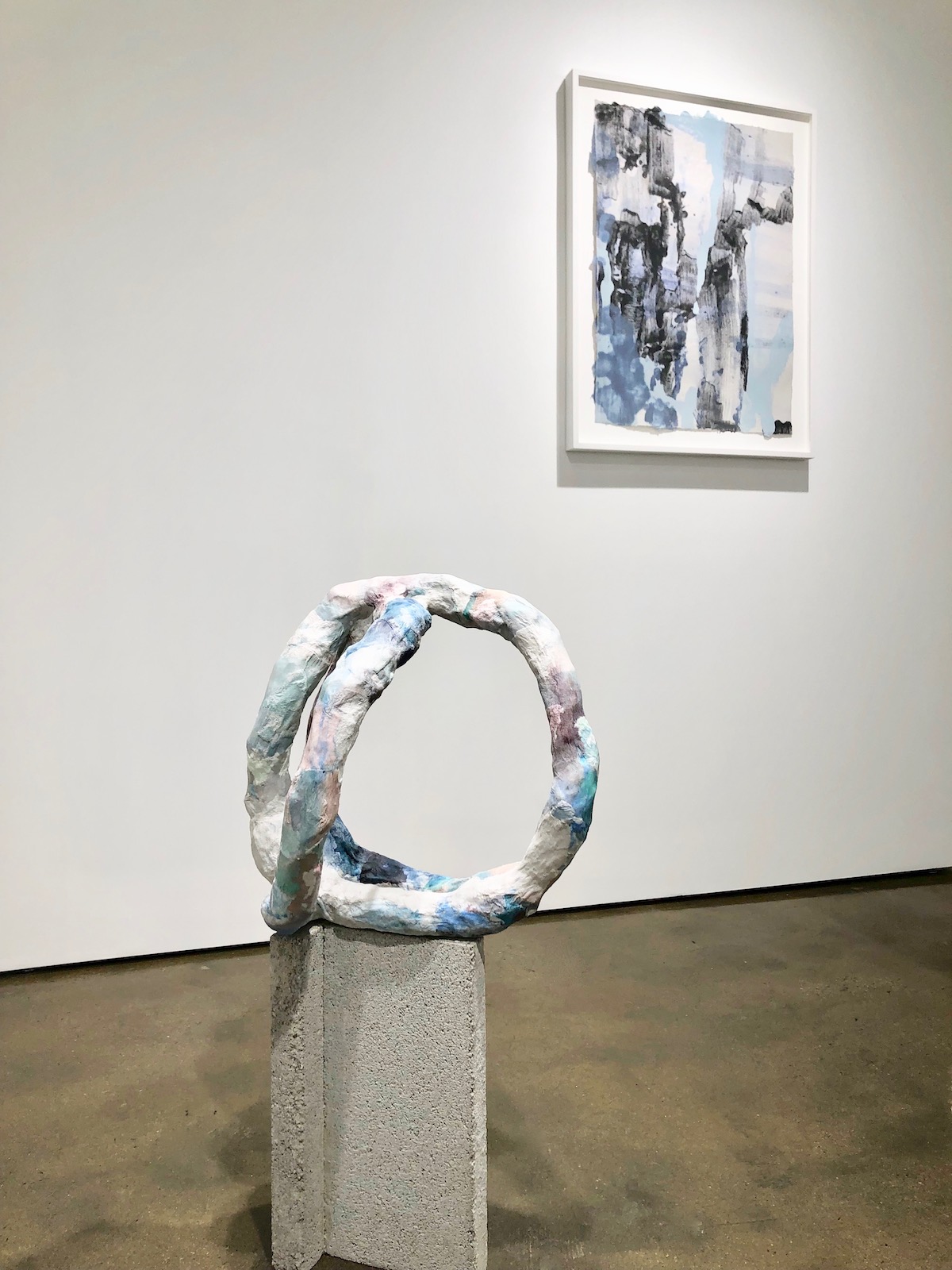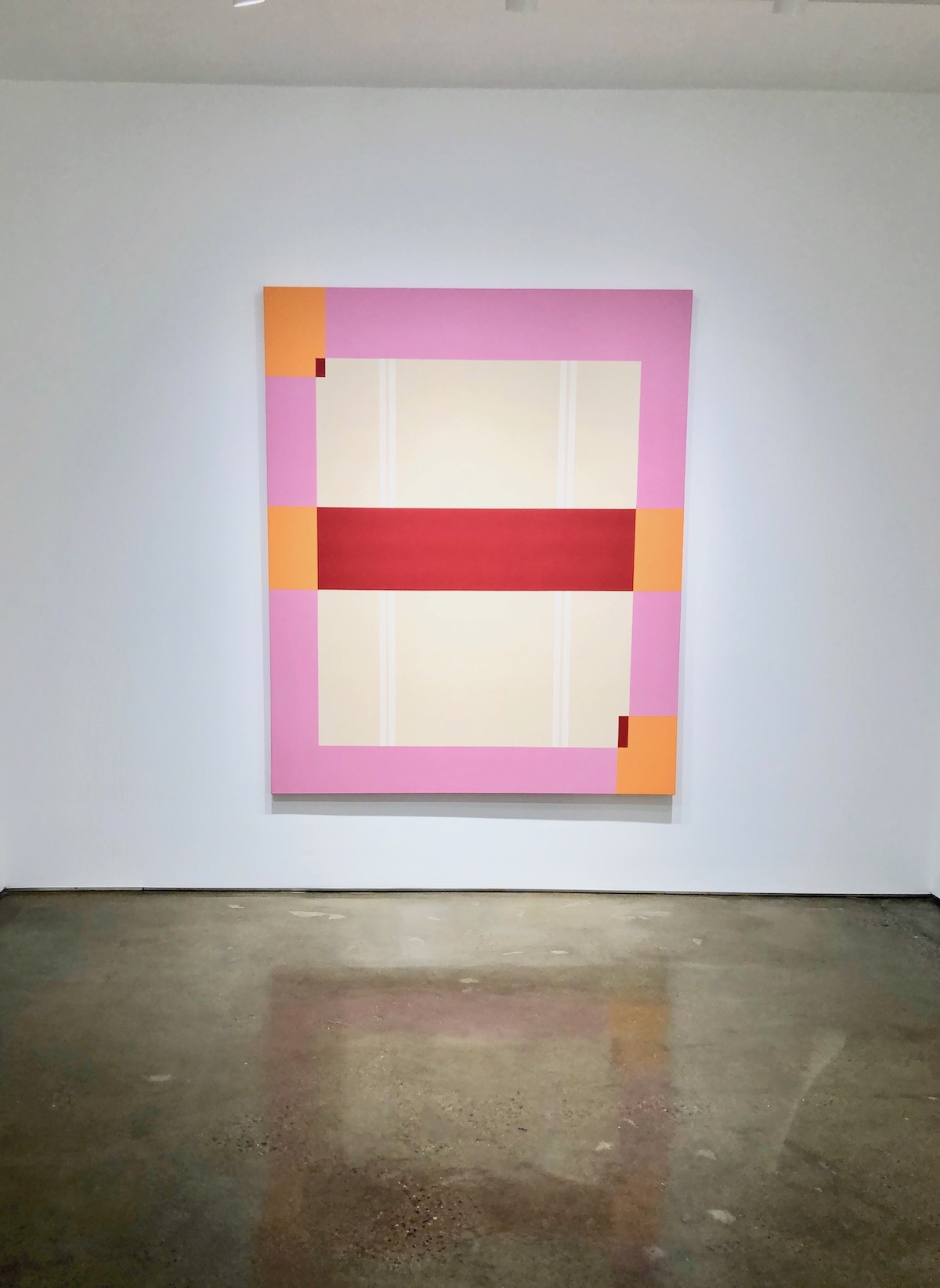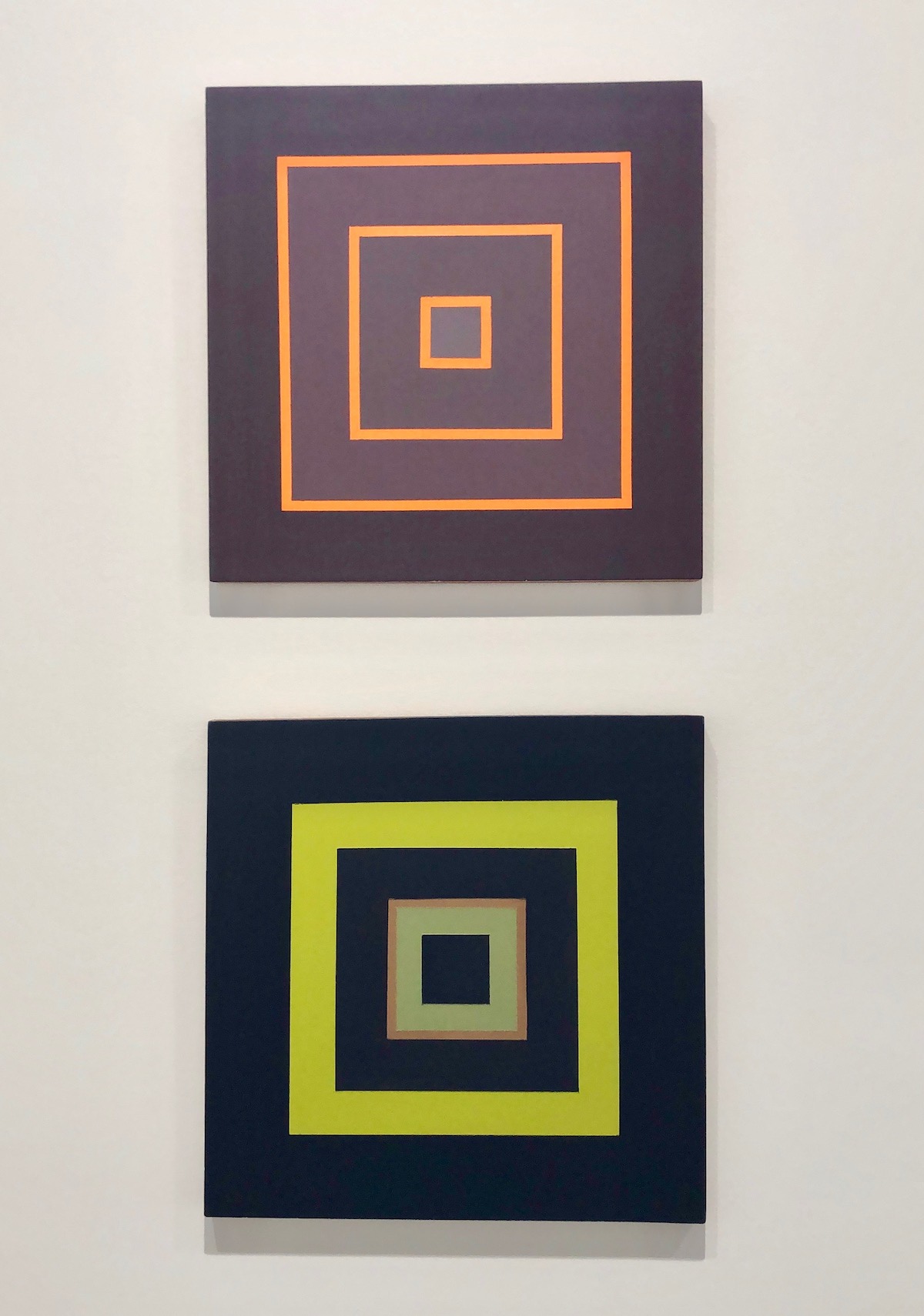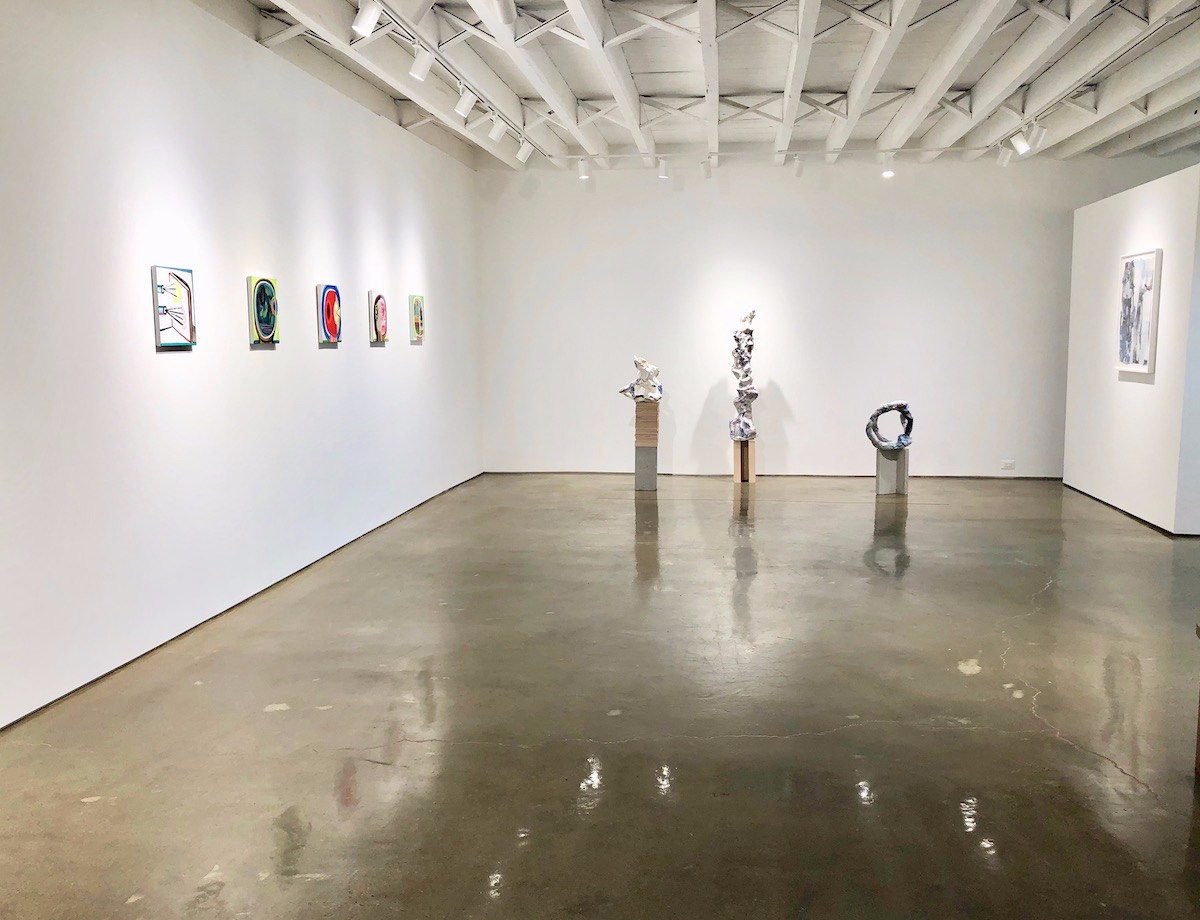
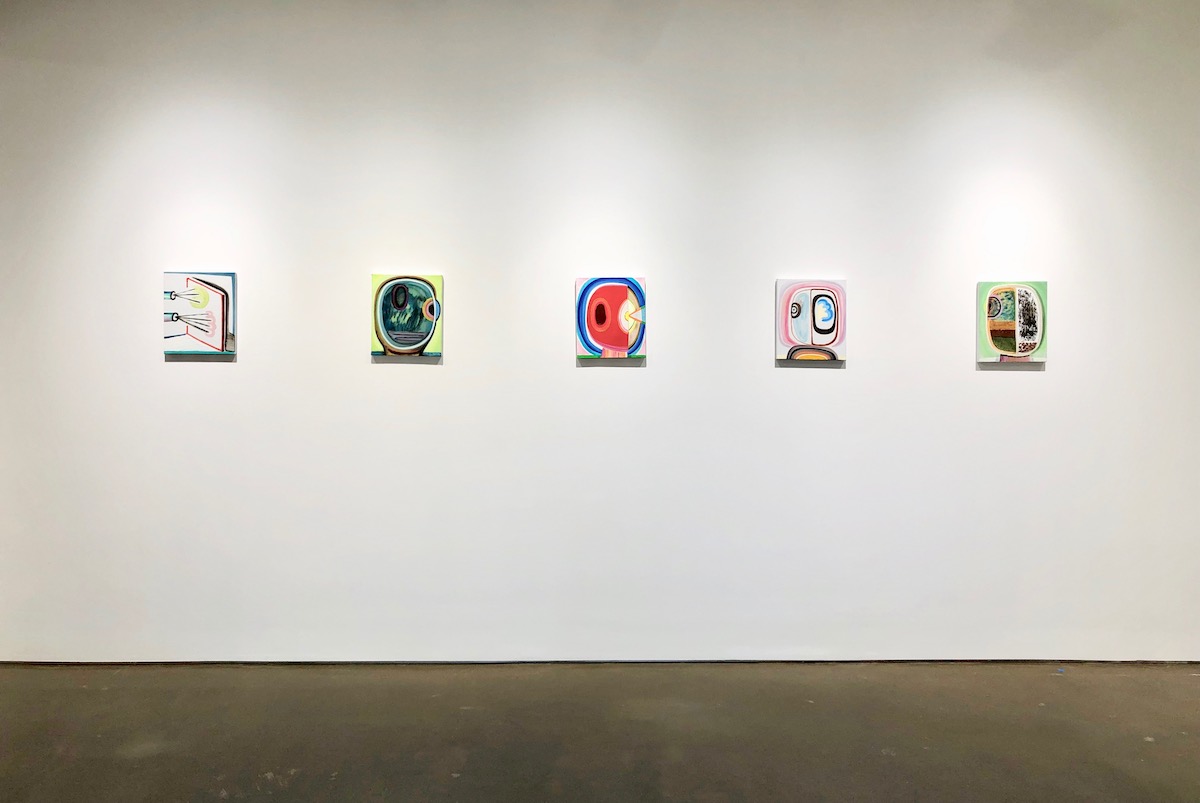
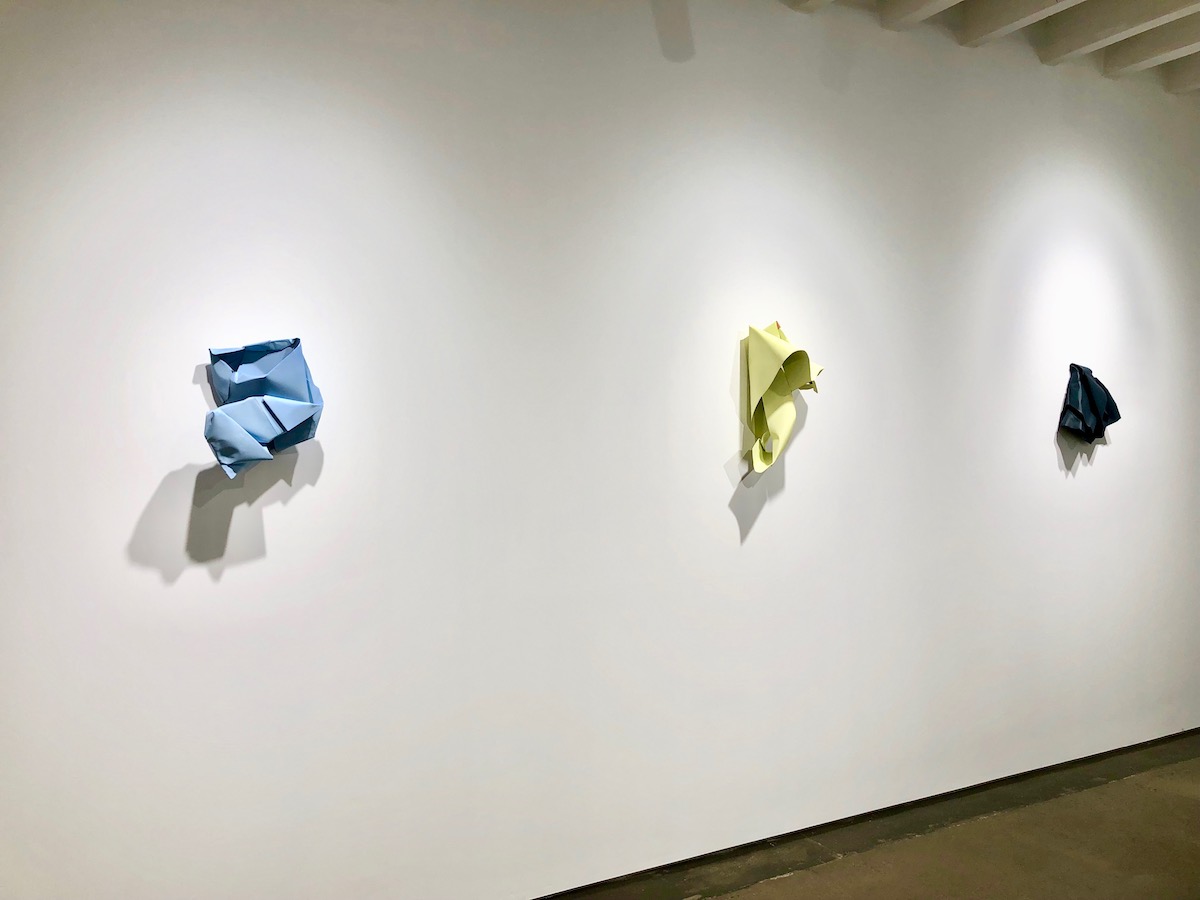
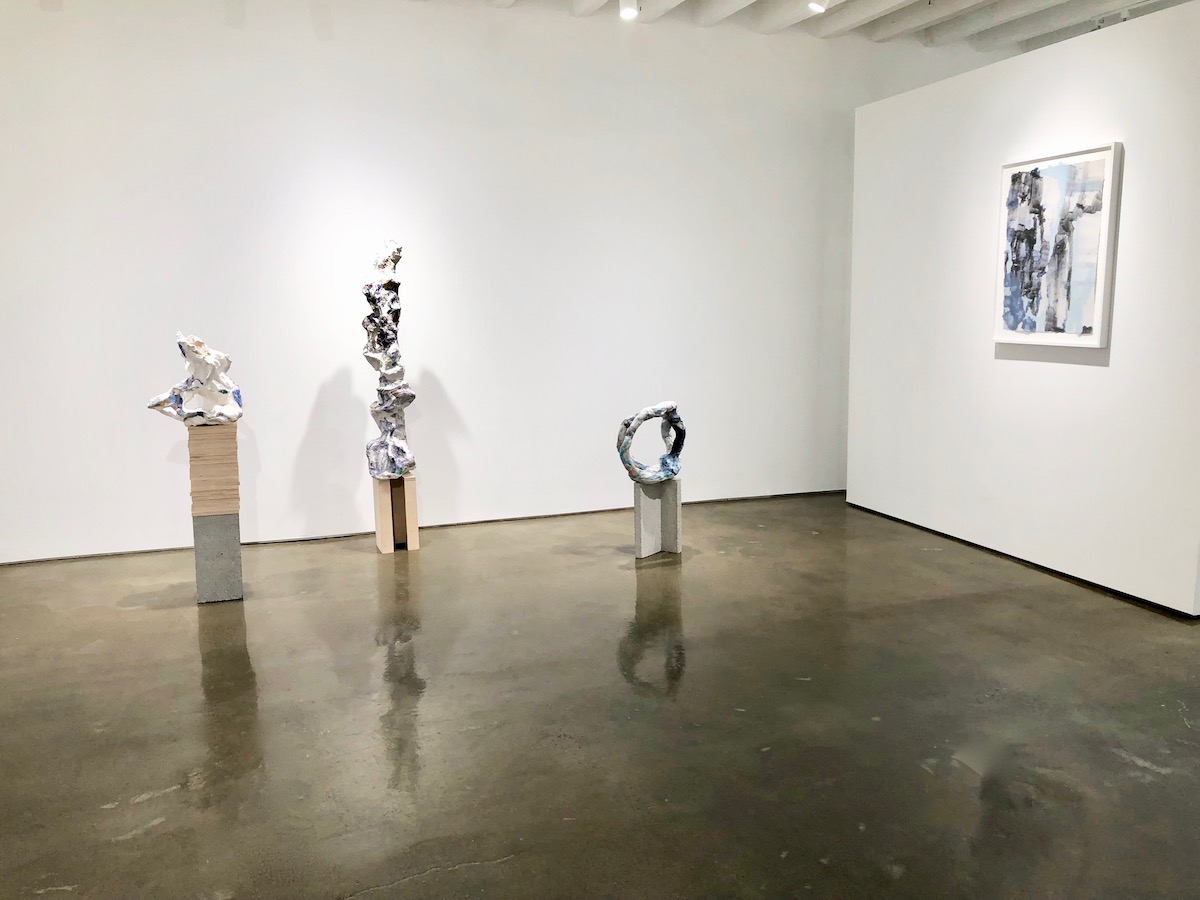
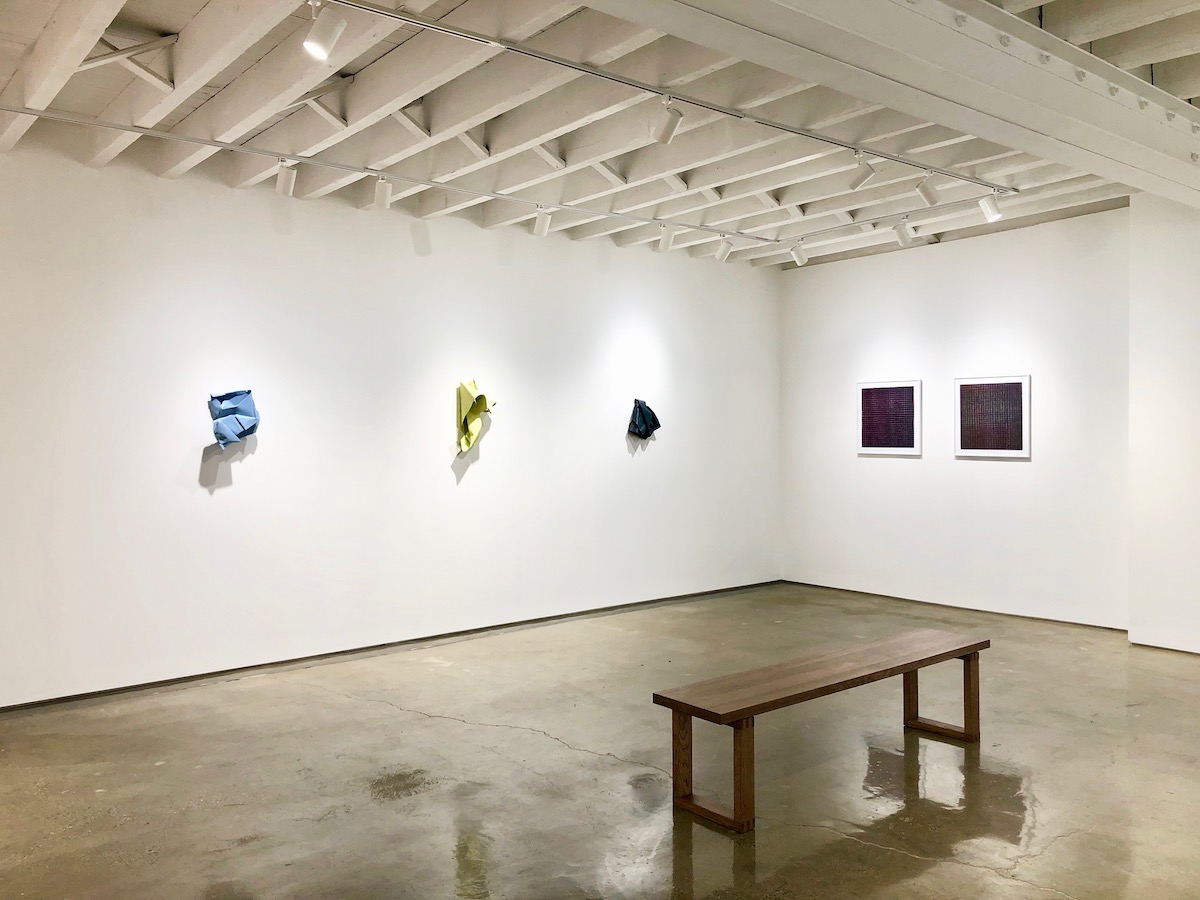
“abstraction, we thinks”
April 18 through June 1, 2019
Organized by ‘sindikit’ Zoë Charton | Tim Doud
“abstraction, we thinks” will be on view at MONO PRACTICE, Baltimore, MD from April 18 to June 1, 2019. This group exhibition presents works by six artists who utilize abstraction to explore modernism, identity, and the contradictory nature of the genre itself.
Artists:
Robert Burnier, Chicago, IL
Adrienne Gaither, Washington, D.C.
Alexis Granwell, Philadelphia, PA
Amanda Muhlena Hays, Washington, D.C.
Clint Jukkala, Philadelphia, PA
Tarn McLean, Toowoomba, Australia
Baltimore, MD - MONO PRACTICE Baltimore is delighted to present abstraction, we thinks, a ‘sindikit project curated by Tim Doud and Zoë Charlton. abstraction, we thinks presents work by six artists who utilize abstraction to explore the contradictory nature of the genre itself. Their relationship with the genre moves around modernism and the maker’s identities. The participating artists are Robert Burnier, Adrienne Gaither, Alexis Granwell, Amanda Hays, Clint Jukkala, and Tarn McLean.
Robert Burnier makes paintings that function as sculptures and reliefs. His material choices dictate the ultimate read of the work as he asserts the physicality of objects and the inherent flatness of the material to expand the field of painting. Materiality and the expectations of the picture plane confound spatial relationships.
Adrienne Gaither makes paintings and wall installations that reflect a synthesized visual aesthetic that challenges the modernist trope of hard-edged abstraction and the representations of intersectional identities in media under the guise process painting. On the surface, the work seems to function as congenial to hard-edge abstraction. However, in Gaither’s hands, these reductive paintings cleverly disguise the expressiveness of her intention.
Moving between sculpture and two-dimensional work created from handmade paper, Alexis Granwell’s artwork calls attention to surface and flatness. She takes flat work and crafts it into appealingly awkward things. The spaces between craft (how something is made) and form (what is made) both announce and deny object-hood. The genesis of the work is further bolstered by positioning the paper on shaped wood and concrete forms a’la Brancusi.
Amanda Muhlena Hays’ work is processed-based and conditional–the resulting images question the reductiveness of minimalism and the assumptions of process. Chance is privileged in her systematic approach to these works on paper by limiting the materials that are used. The limitations of the life of her 7 colors of Sarasa pens determines the palette and the amount of time spent on making the work.
Clint Jukkala’s paintings are playful and referential. His imagery suggests people, places, and things; the expressive mark-making animates and invites the viewer to construct recognizable forms. The simplification of form allows for the imaginative--the gestural qualities of marks take center stage. The ‘goofiness’ of the work is an outcome of simplicity, underscoring what already exists in these paintings, which is the nature of abstraction.
Geometric Abstraction and its applicability to social spaces and visual language expands how Tarn McLean thinks about painting. Of the three works in the exhibition, two function as paintings. Her paintings often move beyond the frame of the picture plane to integrate with existing architecture, as wall installations, perform as as textile designs, and invade the digital.
abstraction, we thinks, and the participating artists, continue our conversation about the efficacy and socio-political power of abstraction.
______
‘sindikit is a collaborative art project between Tim Doud and Zoë Charlton. Tim and Zoë organize artist projects, programming, and collaborations that emphasize processes and methodologies, and the research behind the artwork created. Through individual projects and community-based conversations, they invite dialogue about gender, race, and materiality. This curatorial project at MONO Practice continues their examination of the power of abstraction to engage ideas about identity and materiality.
